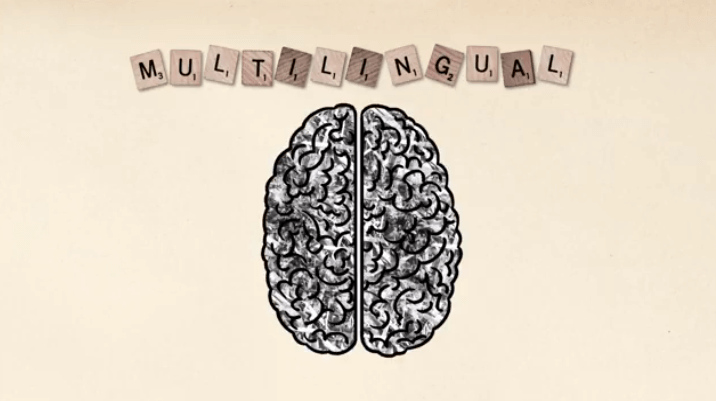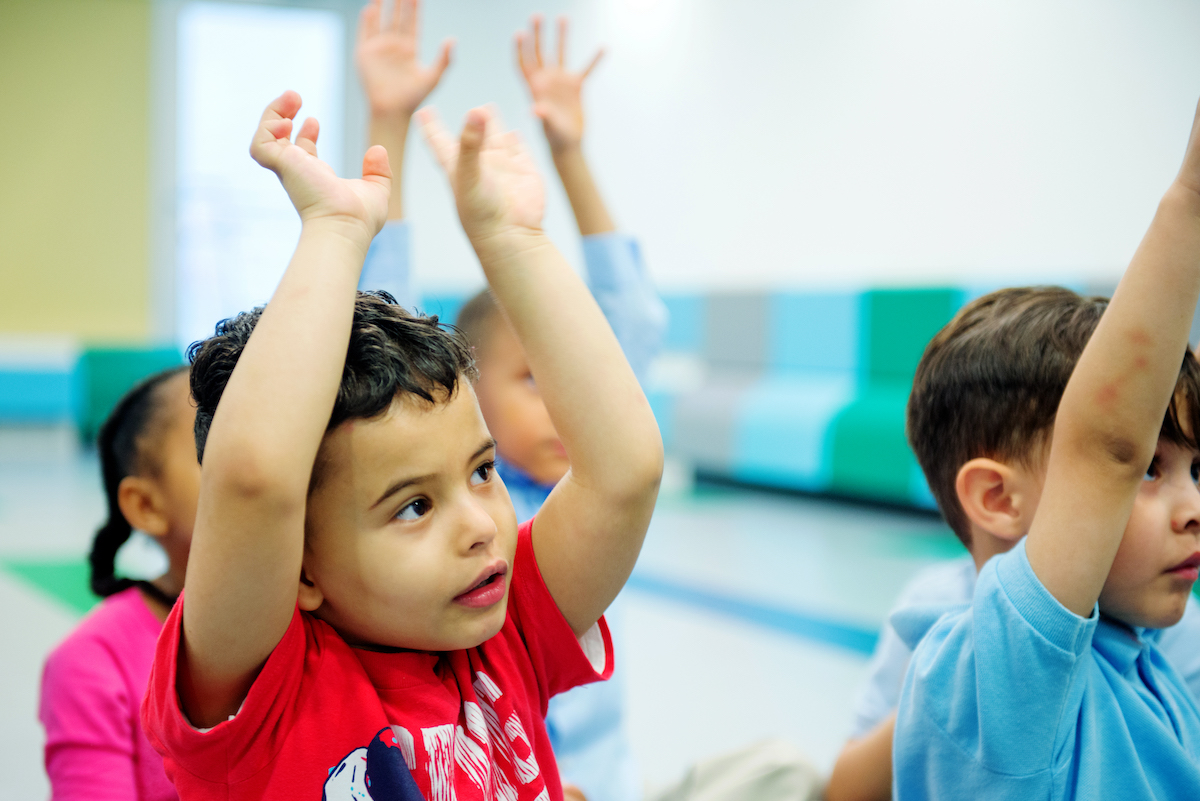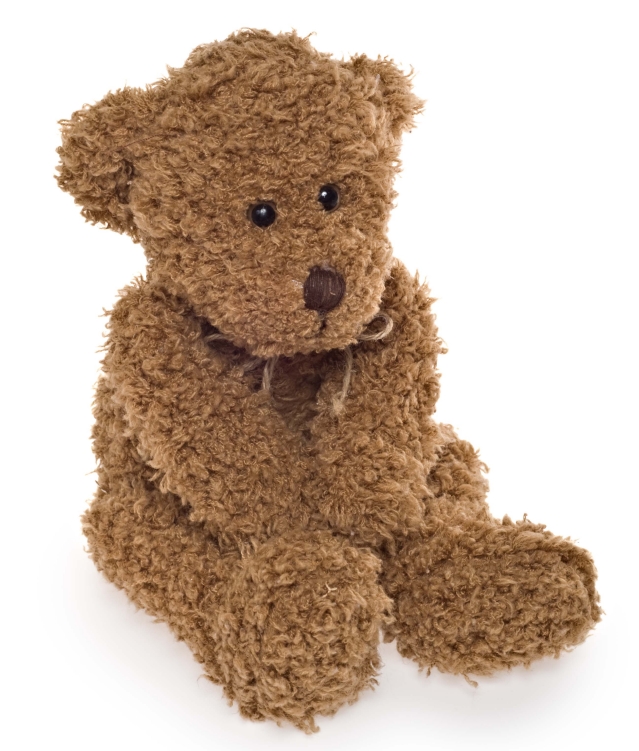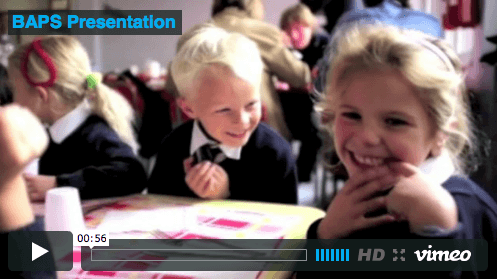When it comes to healthy eating, some super foods seem to be easier sells to kids than others. Avocados, Bananas, and Greek Yogurt? Yes! Kale, Bok Choy, Edamame…not so much. (Well, maybe with a side of ranch or ketchup.)
Of course, young children need more than super foods for their bodies. They also need super foods for their growing brains, too. Second-language learning and music offer super foods for the brain that children love! (No ranch or ketchup necessary!)
What Happens to the Brains When Kids Learn a Second Language?
When compared to adults, young children use both hemispheres of their brains and gain a greater understanding of a language’s social and emotional contexts. A few other advantages of learning more than one language include higher density of gray matter, more brain activity when engaging in a second language, and better executive function.
This TedX video by Mia Nacamulli explains more benefits of a bilingual brain:
Music, Multi-sensory Learning, & Language Learning
Around here, we often say music is like spinach disguised as ice cream. After all, music is rich in benefits, yet children gulp it down (and ask for more!) like the best ice cream sundae. Using music as a tool for teaching second-language learning instantly engages children in a multi-sensory learning environment. Take this ABC English & Me video as an example.
The Just Me! music video incorporates a multi-sensory teaching approach to support visual, auditory, and tactile learning:
Visual learning happens through seeing. Children can watch the kids in this video waving their hands, pointing to their knees, and touching their toes. The arrows pointing to the various illustrated body parts also aids children’s visual learning.
Auditory learning happens through listening. Children will listen to the song “Head and Shoulders,” which names the parts of the body. Listening to this song over and over will help children learn lots of new vocabulary.
Tactile learning happens through moving, touching, and doing—sometimes called TPR, or Total Physical Response. Children can mimic the movements in this video. Encourage children to point to their nose, touch their shoulders, and to follow along with all the movements in this song!
Learn more about using music to teach young children in English Language Learning Programs or in international schools.
Contributed by Lisa Camino Rowell, a freelance writer in the Atlanta, Georgia, area.





 We get fired up about the importance of early childhood education. The reason is simple. In the first seven years of a child’s life, their brains are firing up with learning—literally! Every new experience lights up the synapses in the brain and repetition makes those pathways stronger.
We get fired up about the importance of early childhood education. The reason is simple. In the first seven years of a child’s life, their brains are firing up with learning—literally! Every new experience lights up the synapses in the brain and repetition makes those pathways stronger. has a positive impact on learning a second language. For example, in class ELL students may hear and repeat the rhythmic language of a nursery rhyme or song multiple times. The repetition creates stronger connections in the brain and helps children learn to speak and later read in English as their English language phonological awareness increases.
has a positive impact on learning a second language. For example, in class ELL students may hear and repeat the rhythmic language of a nursery rhyme or song multiple times. The repetition creates stronger connections in the brain and helps children learn to speak and later read in English as their English language phonological awareness increases.









